A Tale of Dwarfs and the Capital of Lower Silesia
Krakow has a dragon, Warsaw has a mermaid, Poznan has goats, but what symbol does Wroclaw proudly present? Find out below!
For the first decades after World War II, successive rulers of the city on the Oder River searched in vain for a suitable symbol for Wroclaw and its unique emblem. The change came only in 2005 with installations by Tomasz Moczek. It was then that Wroclaw began to be inhabited by dwarfs. Since then, the number of bearded little ones has been steadily increasing, and not only public institutions but also companies and private individuals now decide to have their own guardian dwarf. However, those who considered the 21st century as the beginning of the dwarf era would be mistaken. One must go back to the 1980s to fully understand the genesis of the dwarf phenomenon.
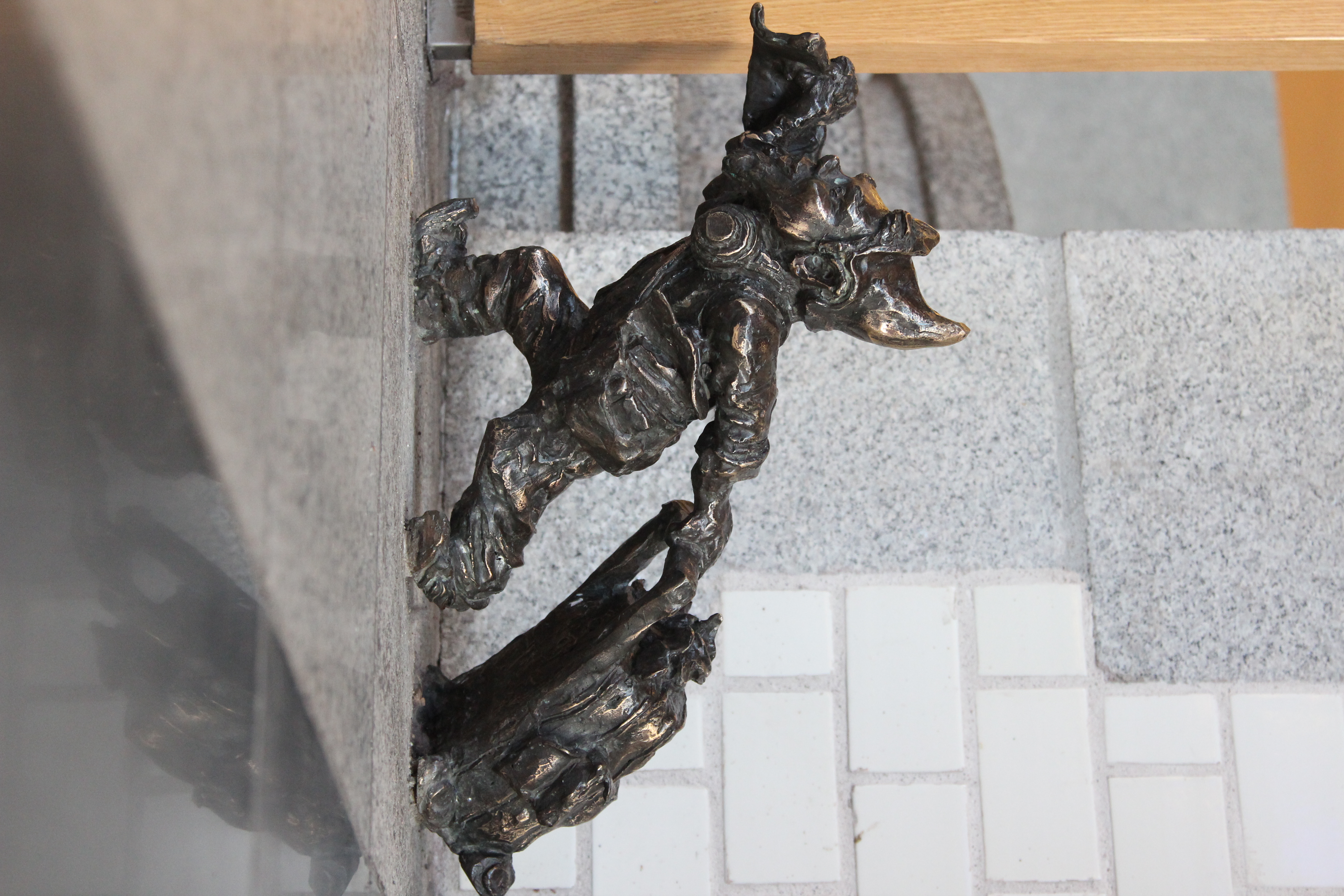
One of Railway Dwarves - Luggage-puller from renovated Wrocław Main Railway Station; Sculpture: Marta Mirynowska and Piotr Makała, Photo: Pnapora, CC BY-SA 3.0 , via Wikimedia Commons
Dwarfs and the Matter of Paternity
While Tomasz Moczek can be considered the creator of the first dwarf figurines in Wroclaw's urban space, the unquestionable father and originator of introducing the short-bearded figures to the streets of the Lower Silesian metropolis should be attributed to the anti-communist opposition activist, Waldemar Major Fydrych, who co-organized the Orange Alternative movement.
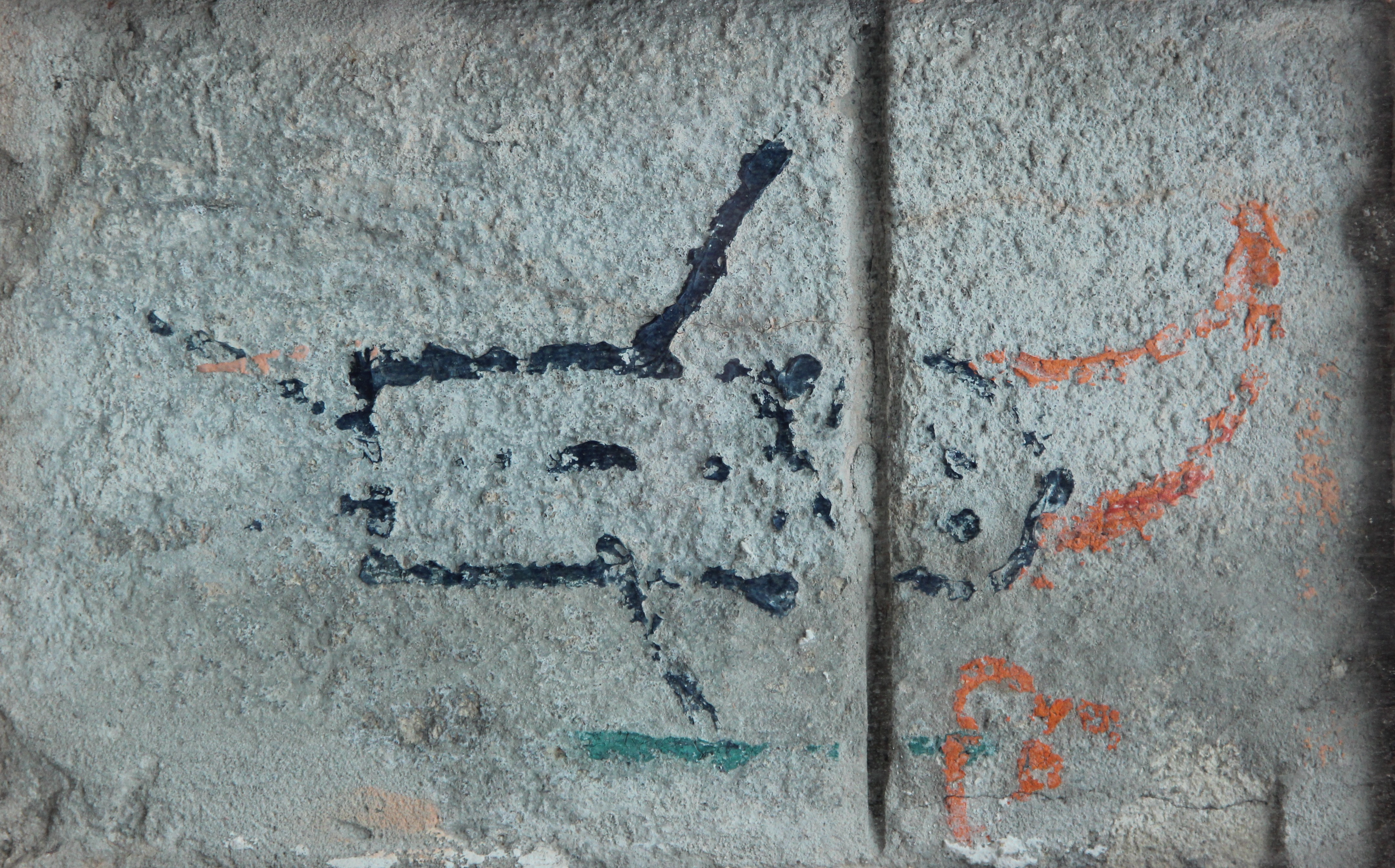
Orange Alternative Dwarf graffiti on a building wall in Wrocław, probably painted by Waldemar „Major” Frydrych; Pnapora, CC BY-SA 3.0, via Wikimedia Commons
Writing, a stain, and a dwarf
As part of a peculiar political happening, Fydrych and Wiesław Rotmistrz Cupała decided to decorate the gray and unremarkable urban space of Wroclaw in the mid-1980s with charming dwarfs. They used fresh paint stains that the authorities tried to cover anti-communist murals and slogans with. The disfigured facades were practically calling for artistic intervention. Fortunately, not all heroes wear capes; some only needed a brush, paint, and... a dwarf hat. The first gnome appeared on the night from August 30 to 31, 1982, on a transformer in Sępolno, and the second on a block in Biskupin.
Within less than a year, the number of dwarfs grew to over a thousand individuals, spreading to six Polish cities.
The Return of the Dwarfs
The last years of the existence of the Polish People's Republic were marked by a series of absurd actions taken by the authorities to defend the crumbling status quo. This situation was to be ridiculed by the members of the Wroclaw opposition from the Student Committee of Solidarity, and the New Culture Movement. Their roots could be found in the countercultural and hippie movement. A significant role was played by the aforementioned Fydrych, who assumed the role of the leader of the newly formed group, which soon became famous in the country and abroad as the Orange Alternative.
The first known action of the Orange Alternative was painting dwarfs on the walls of the largest Polish cities. The surreal act, in its essence, began to arouse intellectual ferment among Poles. Many people wondered about the origin and meaning of the dwarfs. The dwarfs themselves quickly became the symbol of the Orange Alternative and the central theme of its subsequent happenings.
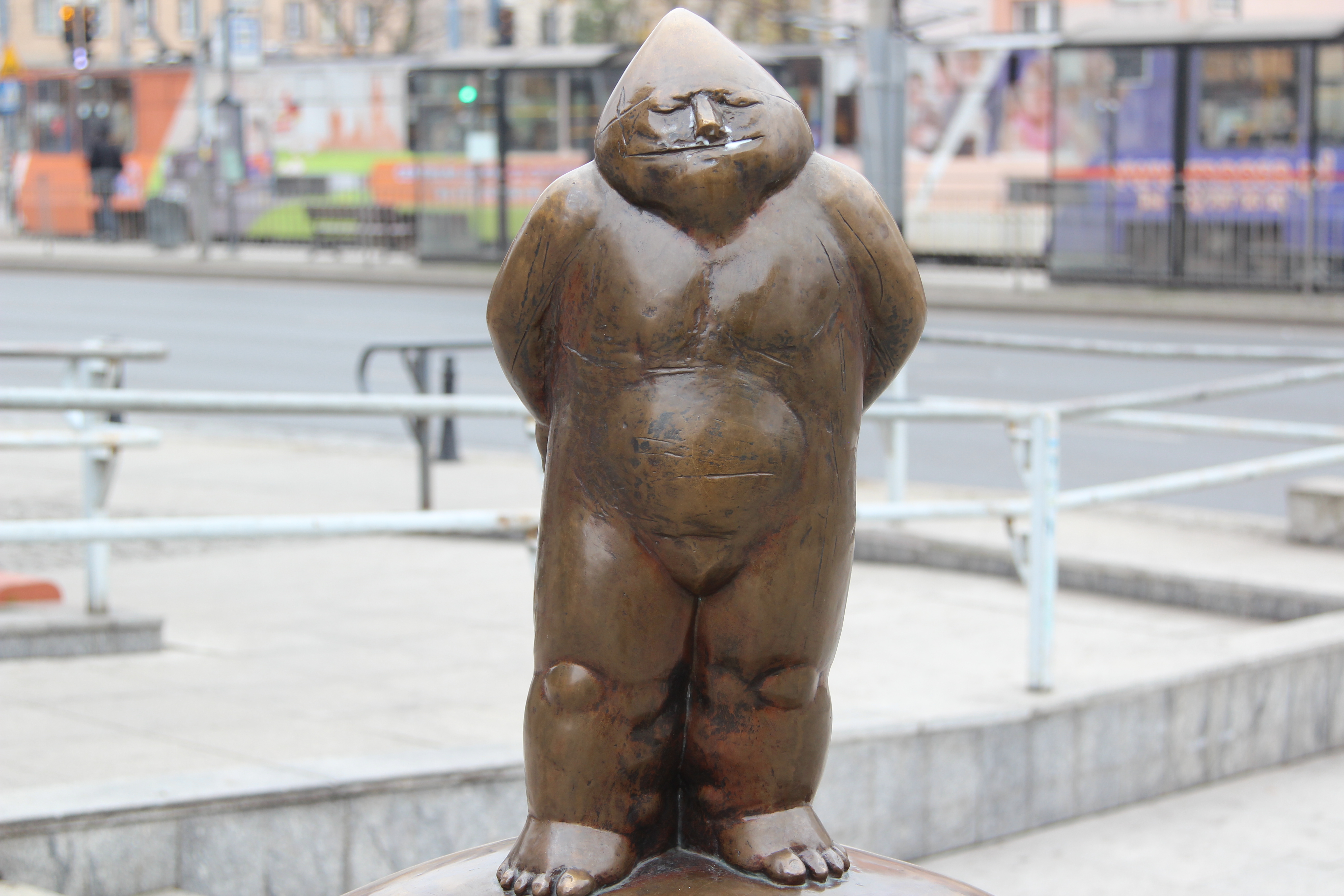
Papa Dwarf (Papa Krasnal) from Świdnicka Street, Wrocław; photo by Pnapora, CC BY-SA 3.0, via Wikimedia Commons
The activities of the Orange Alternative became known throughout Europe, and its members found followers in other countries of the shaky bloc of communist states. The actions of Fydrych and his comrades caught the attention of Radio Free Europe, and on June 1, 1988, the people of Wroclaw expressed their support for their actions, joining en masse in a demonstration known as the Dwarf Revolution.
Dwarfs in Retirement
Due to the fall of communism in Poland, some people believed that Wroclaw no longer needed dwarfs, and they could hang up their hats and retire from public life. Similarly, Fydrych seemed to think so too, as he decided to leave the country after an unsuccessful attempt at parliamentary elections. The dwarfs were forgotten until 2003.
The Dwarfs Strike Back
The dwarf retirement lasted until June 2003 when the Wanilia Advertising Agency proposed a marketing strategy to the City Promotion Office of Wroclaw, involving the creation of dwarfs as a symbol of the city. This was not without controversy and legal disputes, but ultimately, the dwarfs reappeared on the streets of Wroclaw in 2005 and have since become an integral part of the urban landscape.
By 2020, over three hundred and fifty dwarfs had found their way to the streets of Wroclaw. Their numbers continue to grow, reflecting the changing face of the city and the growing ambitions of its residents.
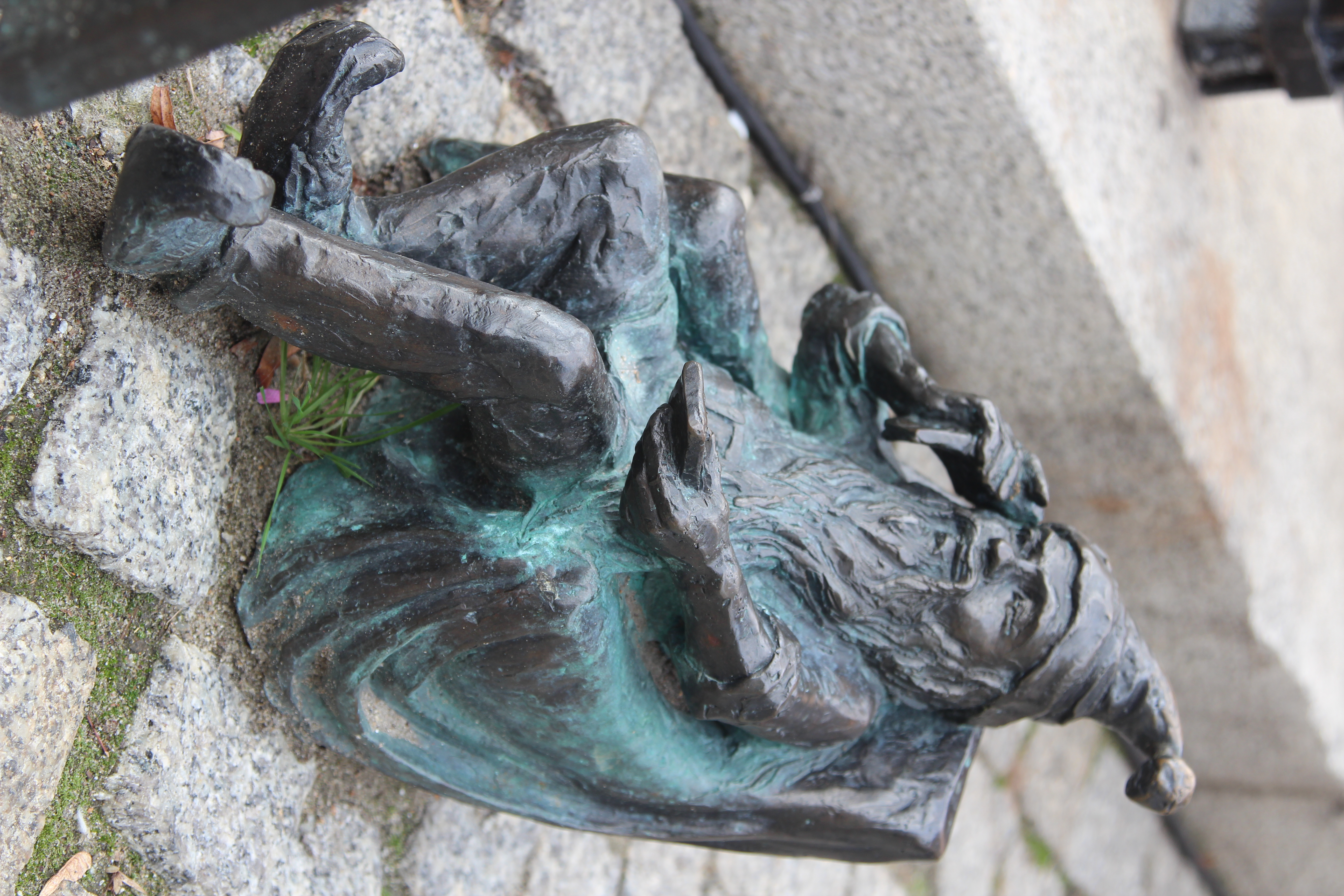
Dialogomir dwarf from Solny Square, Wrocław; Photo:Pnapora, CC BY-SA 3.0, via Wikimedia Commons
The Legacy of the Dwarfs
Nearly fifty years after the first dwarf graffiti appeared on the streets of Wroclaw, the short-bearded figures seem to be enjoying undeniable triumphs. The city advertises itself with dwarf-themed gadgets, and more tour guides and excursions follow their trail. In fact, owning a dwarf has become a symbol of status for many businesses and entrepreneurs.
Exploring Wroclaw following the dwarf trail can provide many unforgettable experiences, but the capital of Lower Silesia has much more to offer.
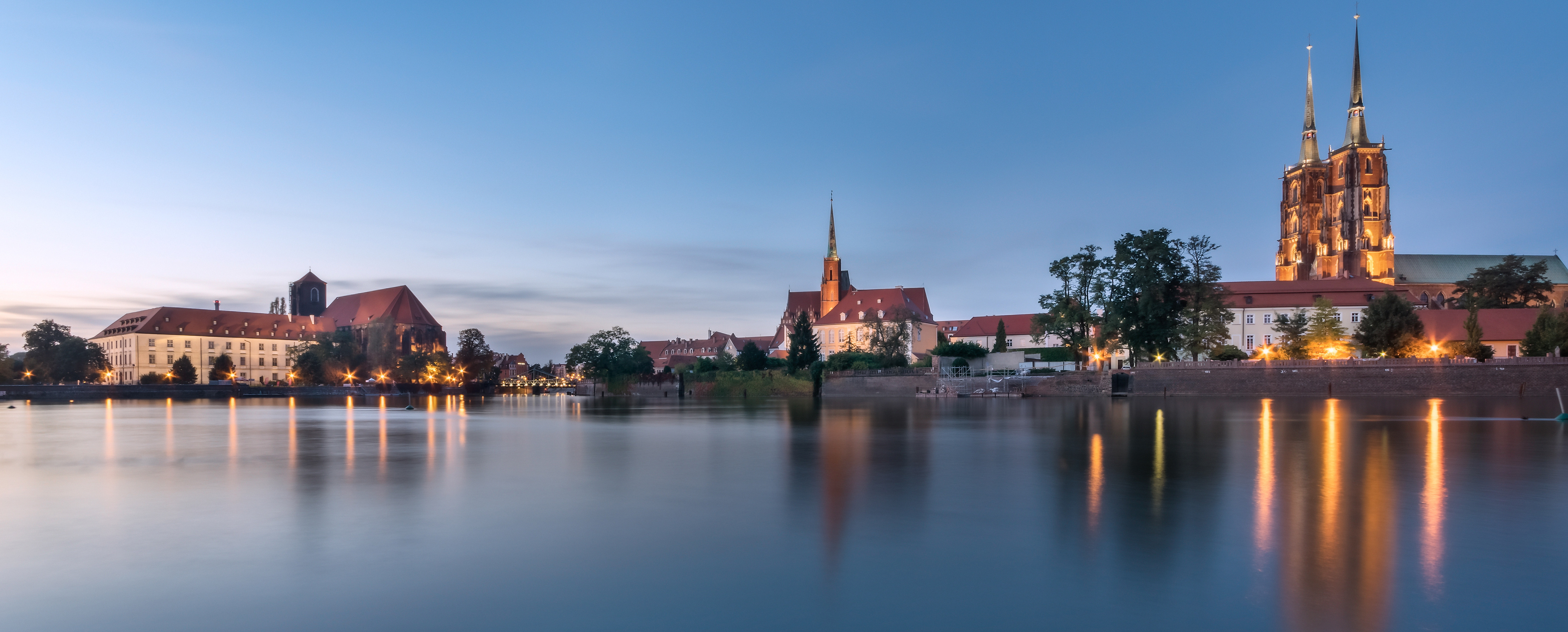
Wrocław, the urban complex of Ostrow Tumski; Photo: Jar.ciurus, CC BY-SA 3.0 PL, via Wikimedia Commons





